Okra is one of the oldest cultivated vegetables on earth. Okra is a plant that originated in Africa. It was brought to the United States by African slaves three centuries ago and quickly gained popularity. According to the chroniclers, the Sultans in ancient Arab countries were crazy about okra.
Okra is a member of the Malvaceae family and is closely related to hibiscus and cotton plants. It forms large yellow flowers.
Okra can be found from May to October and is available throughout the year in Africa. It comes frozen, canned and pickled. The ancient towns of Ethiopia and Sudan began to cultivate okra in the distant second century BC. Okra is known throughout the world, which does not surprise us, because it was cultivated 3000 years ago already. The largest producers of okra are considered to be Pakistan, Nigeria and India.
Composition of okra
Okra is a vegetable that’s very rich in vitamins of the B group, vitamin C, E and K. On the mineral composition, the highest content is that of potassium, magnesium, phosphorus, calcium and iron.
100 grams of okra contains 2 g protein, 90.17 g of water, 0.1 g fat, 3.2 g fiber, 3.8 g carbohydrates, 21 mg of vitamin C. It is suitable for people who are on a diet, because it contains only 25 calories per 100 grams of product.
Selection and storage of okra
Okra blades grow on bushes and resemble green peppers, as big as your finger. Okra is collected when it is fully ripe. It is extremely important to pick young and fresh okra, because if left to stand for more than eight days after its maturation, it is unfit for cooking.
When buying fresh okra, ensure that the pods are young, with no signs of damage. They should also be tender, but not soft. You should not buy okra, which is more than 4 inches long, because this is a sign that is already old. The fruits of okra are thin, long and pointed.
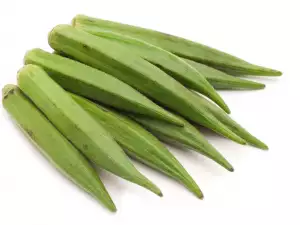
Okra should be prepared as soon as possible after purchase, it may also be stored in the refrigerator, but should be placed in paper bags, wrapping paper, or absorbent paper towel. It is not recommended to store it in a closed plastic bag or container. Fresh okra may keep fresh for up to 3 days in the refrigerator.
Culinary uses of okra
Young okra pods are covered with thick moss, which must be removed before cooking. To remove okra hairs, wash and rub with salt and vinegar, then rinse it before cooking. Clean it and cut the handle and tip. Okra is widely used for making tasty dishes, winter supplies and pickles.
Okra is a gelatinous plant that contains a slippery, sticky substance when cutting. This substance gives the okra its density. That is why it is so commonly used in the preparation of soups and stews.
Okra can be eaten raw, pickled or cooked differently. Many people prefer to eat it fried or battered, as it reduces its stickiness. Okra can be used in salads. It is light and delicious and can be successfully combined with various meats, rice and other vegetables. Ripe okra is not suitable for cooking, but some countries use the seeds as a coffee substitute.
Some people do not like tha slime that okra releases during cooking, but that thickens the dish. If, however, you did not want to have such a fluid, soak theokra in pre chilled lemon juice for about 2 hours. Another option for removing the mucus is to simply blanch it for 5 minutes in water and vinegar.
Okra is very popular in Arab, Asian and African cuisine. In Brazil, it is called kiabu, in Cuba- it is known as kimbombo and in the U.S. Gulf of Mexico, they regularly eat gumbo in winter – a thick, spicy stew.
Benefits of okra
Okra is useful in the treatment of inflammatory diseases of the stomach and intestines, because of the many slimy substances in it. It is widely used in diets for weight loss and diseases of the metabolism.
It is also useful for patients with problems in the cardiovascular system, kidneys and hypertension. Okra is a very easily digestible vegetable, making it ideal for people with a sick stomach. The contained therein provitamin A provides healthy bones and teeth, as well as sharp vision.
An interesting fact is that the pods of the okra plant provide an extract, which is used as a replacement for the popular Botox. This extract reduces muscle contraction and relaxation. It also neutralizes harmful to the cells substances and free radicals. Prevents premature aging. Okra has proven to be a useful food for people with liver or kidney disease.
Okra has great respect from people abiding diets, because it not only speeds up your metabolism, but it is very low in calories.
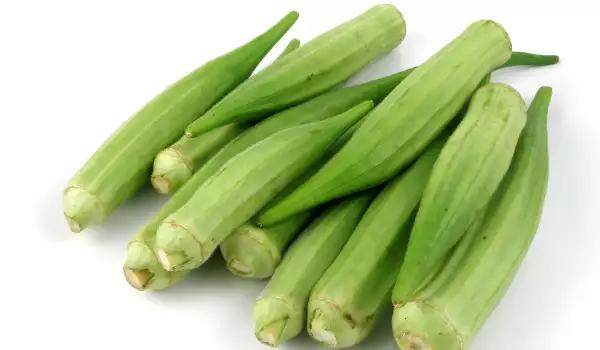
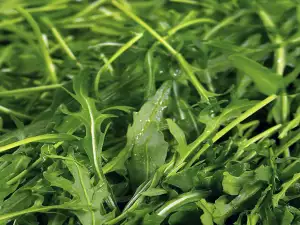
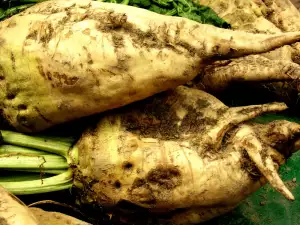
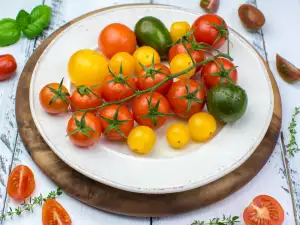
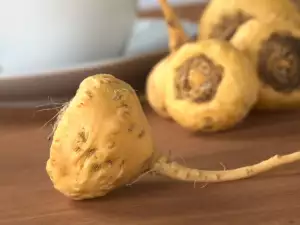
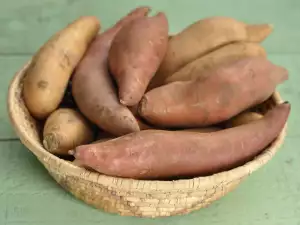
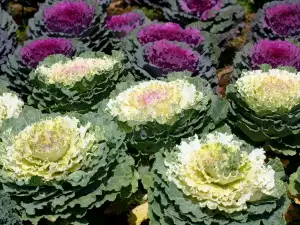

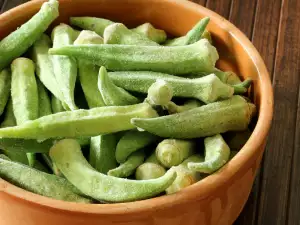

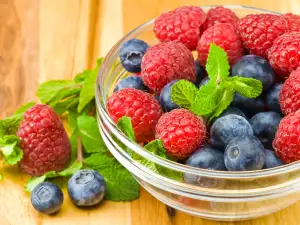









Comments